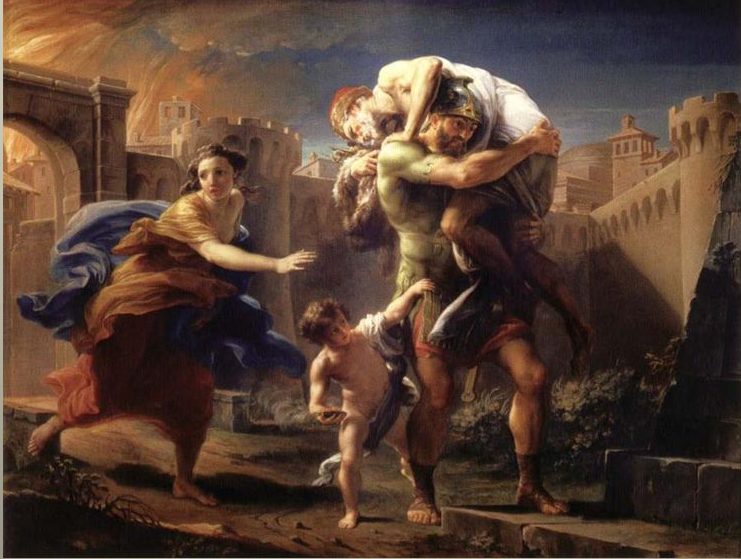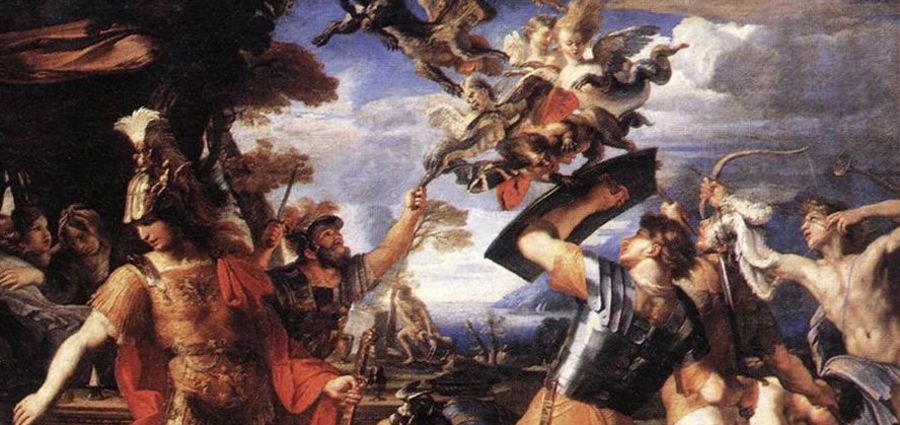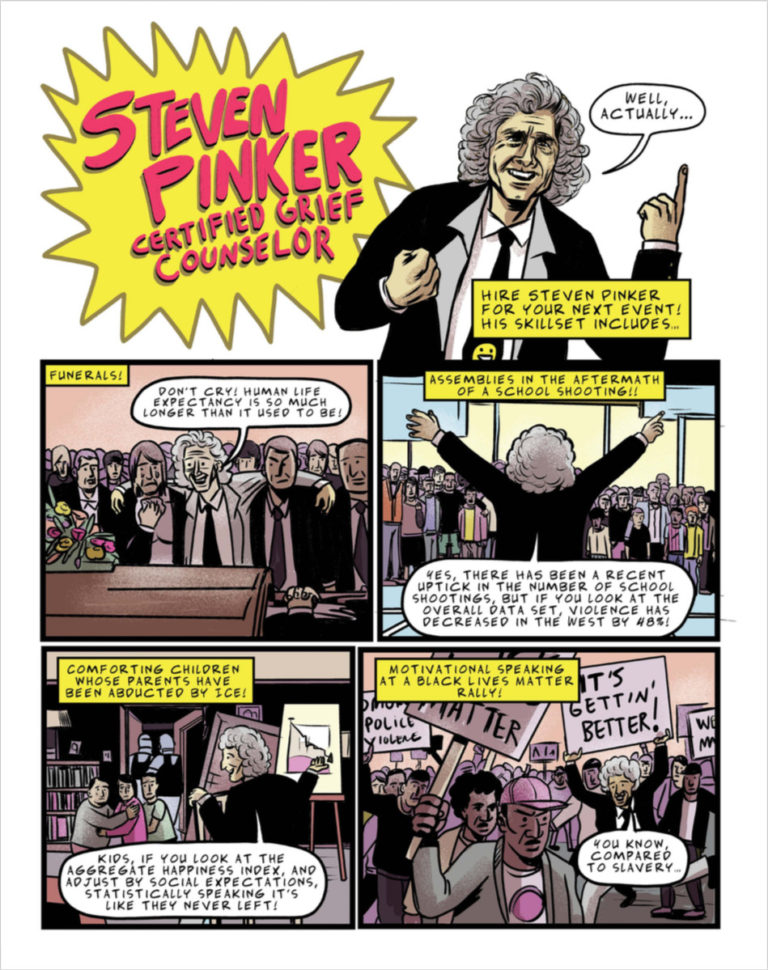.
Russell Gmikin’s Plato and the Creation of the Hebrew Bible led me to another work, one cited by Gmirkin,
Weinfeld, Moshe. 1993. The Promise of the Land: The Inheritance of the Land of Canaan by the Israelites. Berkeley: University of California Press.
The opening pages describe a typological comparison of the roles of the ancestors of Rome and Israel. I have tried to capture the main outline.
.
1. A Man Leaving a Great Civilization and Charged with a Universal Mission
A man escapes the land of a famous civilization and departs with his wife and his father … in order to establish a new nation and a new culture. — Weinfeld (6)
- Aeneas leaves the famous city of Troy
- leaves with wife Creusa
- father Anchises,
- and son Ascanius
|
- Abraham leaves the famous city of Ur of the Chaldees
- leaves with wife Sarah,
- (cf Rachel’s death on the journey)
- father Terah
|
- and stays for a while in Carthage which later becomes Rome’s enemy;
|
- and pauses for a time in Aram (Syria) which later becomes Israel’s enemy,
|
- Eventually his son Ascanius reaches Lavinium (south of the future Rome), and later reaches Alba Longa, closer still. His descendants reach Rome
|
|
- which is destined to rule the world.
|
- the Land of promise and from which his descendants will rule other peoples.
|
In both cases:
- an ethnic tradition later developed into an imperial ideology
- a divine promise to a father of a nation who later becomes a messenger for a world mission

.
2. Gap Between Migration of the Ancestor and the Actual Foundation
The lengthy interval between the stories about the first heroes and the real foundation of the oikist existed in both cultures. — Weinfeld (6)
- Jupiter prophesies to Aeneas that 333 years will pass before the birth of the twins and founding of Rome
|
- God promised Abraham that 400 or 430 years would pass before his descendants inherited the land.
|
In both cases:
- two founding legends were combined (one of the actual foundation or conquest and another of an earlier tradition)
- the gap of centuries between the two stories was joined by a long line of descendants, a long Trojan dynasty on the one hand, ten generations between Ephraim and Joshua on the other (1 Chron 7:25-27). Inconsistencies are extant in both accounts of the number of generations.
.
3. Promise at Stake
The promise is seen, then, in Israel, as well as in the Roman epic, as something that could not be taken back: a divine commitment not to be violated. — Weinfeld (9)
- When Aeneas is threatened by the storm at sea his mother goddess Venus prays to Jupiter:
“O you . . . who rule the world of men and gods, what crime . . . could my Aeneas have done. . . . Surely it was your promise . . . that from them the Romans were to rise . . . rulers to hold the sea and all lands beneath their sway, what thought . . . has turned you?”
|
- When Jacob is threatened by Esau’s approaching army, he prays:
“Save me from my brother Esau; else I fear he may come and strike me down . . . yet, you have said . . . I will make your offspring as the sand of the sea”
|
- As Aeneas and his men sat at the sacrificial table in honour of Jupiter, Harpies descended and contaminated the food. Aeneas and his men drive them away with their swords. —
- The event was interpreted by the prophet Calaens as a prediction of famine before the promise is fulfilled.
|
- As Abraham is cutting the pieces of the sacrificial animals of the covenant birds of prey descend upon the carcasses. Abraham drives them away. —
- The event is followed by God declaring that Abraham’s descendants will be enslaved in Egypt before the promise is fulfilled.
|
In both cases:
- The deity cannot violate his promise
- omens presage difficulties before the fulfillment of the promise.

. Continue reading “Rome’s and Israel’s Ancestor Traditions: How Do We Explain the Similarities?”
Like this:
Like Loading...



